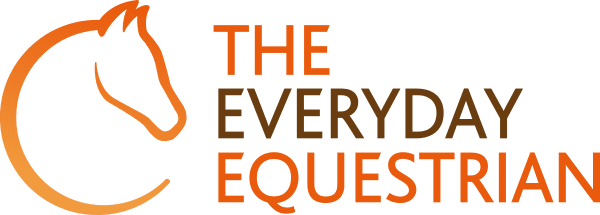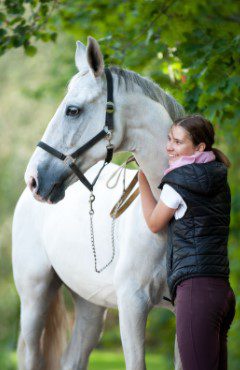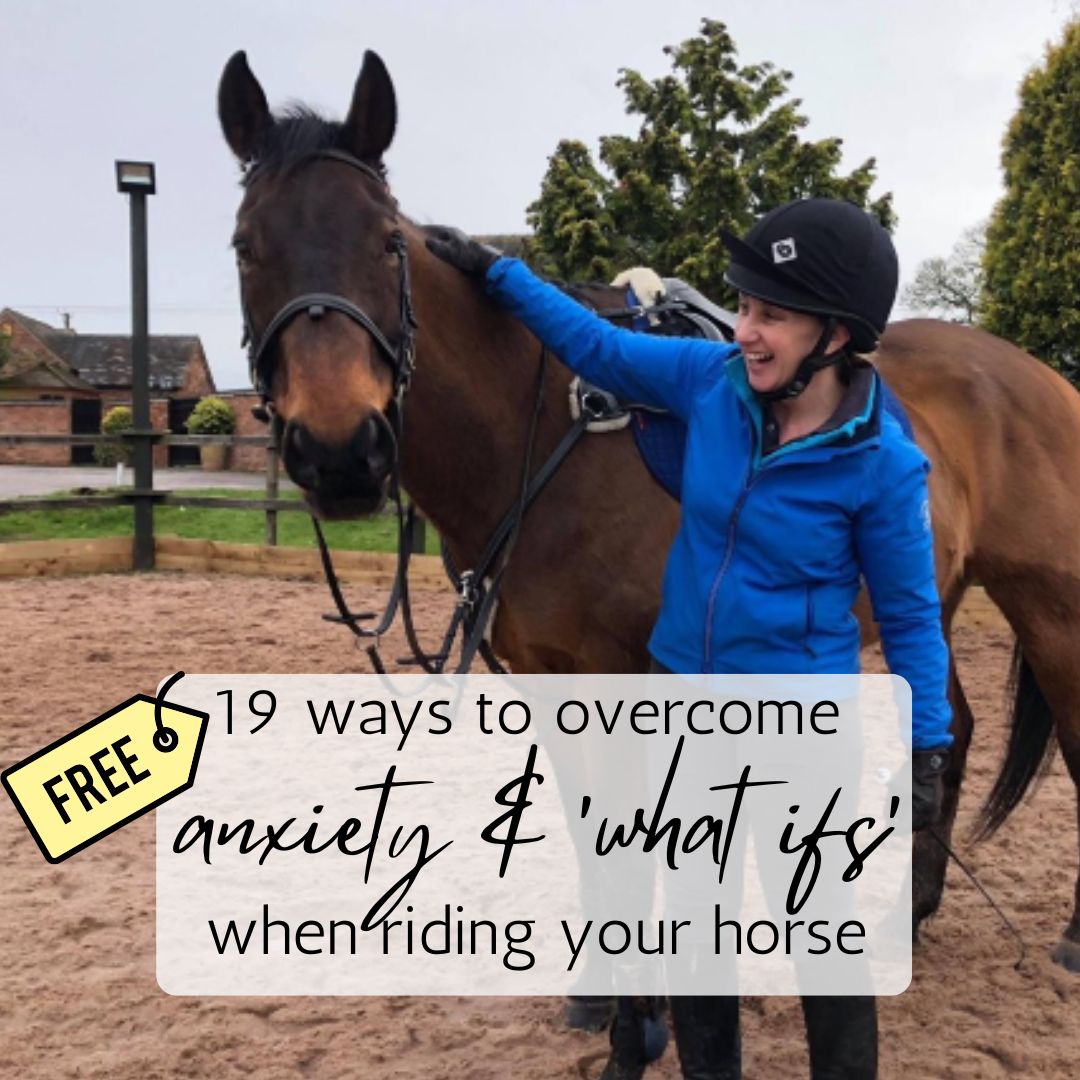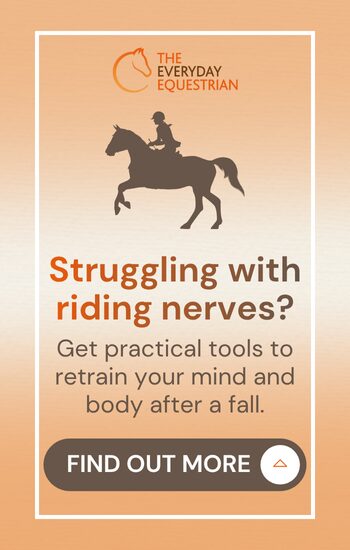So, you’re a new or prospective horse owner, but where do you start? As a new owner, there is so much to learn about your horse and the care they require. I’m guessing since you have decided to take on such a big commitment you will have some experience with horses to a degree, however, even just basic horse knowledge and care required is pretty vast.
In an ideal world, you will want to acquire the basics before you take on a horse of your own. Giving yourself a good foundation of knowledge will stand both you and your horse in good stead for the future. It will also ensure that you can meet the welfare needs of your horse, helping them to lead a happy and healthy life.
So, what kind of things do you need to know about? Let’s take a look:
Horse Management
The horse management side of things is quite a varied subject and covers everything from handling your horse to using yard equipment correctly and safely. Working around horses and yard equipment can be dangerous and having a thorough understanding of how to keep you, others around you and your horse safe is vital.
You must also know how to lead your horse correctly and hold your horse for inspection (such as for a vet visit). Understanding how to put on and fit a head collar safely and correctly is also a very wise idea.
Psychology
Having a thorough understanding of horse psychology and behaviour may not seem all that necessary, however when becoming a first-time owner this type of knowledge can become very useful in the day-to-day care and management of your horse. Learning about the horse’s natural lifestyle and survival instincts as well as body language can help you manage your horse more efficiently. It can help you to guage how your horse is feeling and how they may react to certain situations thus helping you keep much safer whilst handling both in and out of the stable.
Anatomy
The horse anatomy as a whole is a very wide and complex subject, but having a good basic foundation in this area of expertise can help you understand how the horse’s body works such as being able to identify the main external parts of the body. This can be very helpful in circumstances where you need to describe where an injury is to the vet for instance. Understanding terminology, such as for points of the horse, colours and markings can also be useful.
Health
Health is one of the most important basic topics you should be clued up on as a first-time horse owner. You would never want to compromise your horse’s health and you can’t always rely on other, more experienced owners to be around to help should a situation arise. Learn as much as you can about the signs of good and poor health in horses. Acquire the level of knowledge to understand when to call the vet out (or not!) and how to fully inspect your horse for a health check each morning and evening.
Grooming
Learning the process for different types of grooming tools and when to use them is also important for insuring that you care for your horse’s coat and overall condition thoroughly. The grooming kit itself is quite extensive and knowing which brush to use when and how to use it correctly can take a while to figure out.
Having the ability to identify the reasons why we groom horses will also give you a much more rounded understanding of the subject. Being able to bandage your horse’s tail efficiently and safely can also be very useful for travelling purposes.
Hay and Haynets
It’s true to say that haynets, unfortunately, do not fill themselves! They also do not tie themselves to your horse’s stable either so these are all things you will need to learn as a new or prospective horse owner. If you have never been taught how to do this correctly then it is highly recommended you get some training on this for safety purposes to minimise the rise of injury.
Being able to recognise good and bad quality hay will help to keep your horse healthy. Understanding the different types of hay available and how they are made up can help you decide which type will be best for your horse.
Feeding and Watering
Feeding horses can be a very controversial subject depending on who you speak to, but there are some very clear feeding guidelines to follow as a general rule of thumb. This isn’t a subject you learn in a day or even in a week necessarily since it is so vast and complex. Understanding the basic rules of feeding, however, will stand you in good stead as a new or prospective horse owner and will help you make informed decisions on the types and amounts of feeds you will be providing your horse with to stay healthy. Learning the differences between feeding a stabled or grass kept horse is also good practice. You should also understand the principles of providing water to your horse.
Tack
Assuming that you plan to ride your horse, it is important you learn how to check and tack your horse up safely and efficiently. Learning how to put on and remove a saddle, bridle and numnah, the correct fitting of tack and having a good understanding of different types of tack available can stand you in good stead, and help minimise the risk of problems and pain in relation to poorly fitting or inappropriate tack.
You must also learn how to recognise worn and damaged tack for safety purposes and the comfort of your horse which is often an area of learning that gets overseen. Saddles and bridles, in particular, must be looked after in a specific way and therefore learning the correct methods for cleaning tack is important.
Rugs
There are so many different types of rugs out there that it can be tricky to know what to choose for your horse. There seems to be a rug for every occasion and on top of that, you also need to get the right fit. Having a good working knowledge of the different types of rugs available can benefit your horse massively. After all, they probably won’t be very happy with you leaving them in the stable in the height of summer with a heavy turnout rug on!
Knowledge about the correct fittings of rugs can also be highly beneficial since rugs that do not fit well can cause sores and become a hazard. It also isn’t always that obvious to inexperienced owners how rugs are done up, so training how to do this safely and correctly is important.
Shoeing
As the old saying goes ‘no foot, no horse’. Every horse owner should learn how to take care of their horse’s feet correctly and safely. Picking out your horse’s feet will be a daily task and must be carried out safely.
Learning the methods for washing your horse’s feet, applying hoof oil and recognising when a horse needs re shoeing are all basic care requirements that a new or prospective horse owner must have a basic knowledge of. Understanding the parts of the horse’s foot and what looks normal is also important.
Bedding
Gone are the days where there were just a couple of choices available for stable bedding. There are so many different types of bedding available now. Learning about all the varieties of bedding types, their advantages and disadvantages, can help you decide what would be the best choice for your horse.
Knowing how to manage the different types of mucking out methods such as skipping out and bedding down will ensure that you are fully prepared, and are able to carry out this essential daily task efficiently and correctly according to the management system you use. It’s also important to note that the tools for mucking out can be a hazard themselves and having an understanding of how to use them correctly and safely is significant.
Grassland Management
You may think that grassland management falls under the yard or yard managers set of responsibilities, but truth be told it is everyone’s responsibility to ensure fields are well maintained and hazard free for the welfare of your horse. As a new or prospective horse owner, you must understand what a ‘horse sick field’ looks like and how to carry out daily inspections and checks of fields. You will need to learn how to turn your horse out into the field and bring them incorrectly and safely.
Safety and Accident Procedures
Having a thorough understanding of safety and accident procedures in the yard is everyone’s responsibility. It should be your goal to ensure that the stable yard and surrounding areas such as fields are a safe place for all. Safety aspects include the right clothes to wear when working around horses, general safety rules around the yard, acknowledging fire safety procedures as well as rules of the public highway.
If you’d like to learn the basics of horse ownership, so that you can be confident that you are providing the best possible care for your new horse, then join my new Horse Management online course, where you’ll learn the fundamentals of managing horses.



